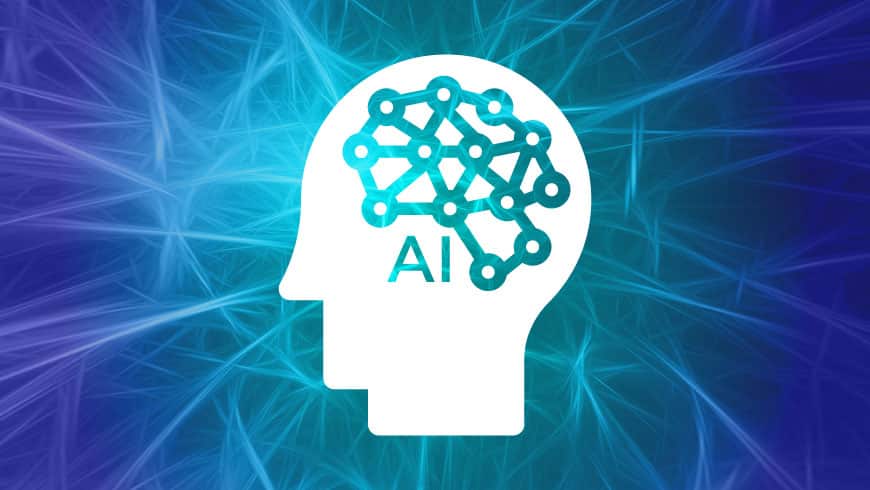
Artificial Intelligence (AI) is when a computer, or system of interlinked computers, is used to imitate “human” thinking and decision-making. Though a broad form of AI, often referred to as a general AI, which is indistinguishable from human intelligence does not yet exist, several forms of narrow AI can accomplish specific tasks as well or even better than humans.
The principal advantage of AI is that while it may imitate some types of human thinking – it is not human. It does not tire nor grow distracted, which makes it well-suited to applications that require repetitive tasks, such as observing the results of multiple tests with a large data set. The computational power of parallel processing, cloud computing, and GPU based systems also allows AI to process large quantities of information faster than humans and make quicker decisions.
Machine Learning (ML) is a narrow form of AI often associated with deep learning which is currently the most widely used type of AI. Deep learning machines are capable of processing multiple layers of data, including images, through the use of a neural network designed to imitate the way a human brain works. A neural network is a complex collection of algorithms which can learn and evolve over time as it processes more and more data to make better and more accurate decisions.
ML is focused on independent learning; it can adapt its algorithms based on its own previous performance. Typical use cases for AI in video streaming may involve automated closed captioning, image identification, quality control, and automated video stream routing.